By Peter A. Goetz
Six days after the Allies’ D-Day landings on the coast of Normandy in June 1944, Germany retaliated by launching its first Vergeltungswaffe, or Vengeance Weapon, at the city of London. The V-1 was actually a Fie-103 cruise missile designed by Robert Lusser of Fiesler Aircraft. Made from nonessential war materials and covered in sheet metal, the V-1 was powered by a revolutionary Argus As-14 pulse jet engine and carried a 1,870- pound warhead a distance of 150 miles. Although the Allies were never concerned that this buzz bomb could effectively turn the tide of war, they were disturbed that Germany could produce such an advanced weapon. They immediately considered countermeasures, with the American Army Air Force turning to a group of homegrown rocket enthusiasts for an answer.
The American rocketeers were led by Frank Malina, a graduate student at the Guggenheim Aeronautical Laboratory of the California Institute of Technology (GALCIT), who in 1936 had convinced a group of friends to begin research into a high- altitude sounding rocket. Malina’s plans were based on the writings of Robert Goddard and funded by a private grant from Weld Arnold. He further appealed to Theodore von Karman, a distinguished Hungarian aerodynamicist on the staff at Caltech to support his research. With von Karman’s backing, the group was able to find room in a laboratory on the Pasadena campus, where they became known collectively as the “Rocket Research Project.”

The first professional undertaking by the group was sponsored by the National Academy of Sciences (NAS) and the Army Air Force (AAF). In a 1938 contract entitled “Galcit Project #1,” they were tasked with providing research into rocket systems for aircraft auxiliary propulsion. Satisfied with the results, the AAF decided to bypass the NAS and issue direct-contract renewals beginning in June 1941. The acquisition of intelligence about a large German missile and three British photographs of a V-1 caused the AAF to request an analysis from von Karman in July 1943. On August 2 came a follow-up request from Caltech-Air Corps Materiel Command liaison officer W.H. Joiner for a paper on long-range rockets. Delivered in November, the paper was written by Malina and an associate, Hsue-Shien Tsien, with a foreword by von Karman entitled “Memorandum on the Possibilities of Long-Range Rocket Projectiles.” It envisioned an orderly progression in rocket development to be provided by the group, now renamed the Jet Propulsion Laboratory (JPL).
Colonel Gervais Trichel, commander of Army Ordnance’s newly formed Rocket Research Branch, also received a copy of the JPL proposal from Robert Staver, the Caltech/Army Ordnance liaison officer. Although the AAF did not respond to the study, Trichel requested an expanded proposal along with the promise of $3.3 million in funding. According to Malina, the request “threw us into a proper dither.” Malina and von Karman replied on January 22, 1944, with a proposal for a 10-mile-range solid-fuel rocket, followed by a 12-mile-range liquid-fuel rocket to be supported by a ramjet motor. Upon obtaining design information from the first two phases of projectile development and the results of the special jet unit under phase 3, the design and construction of a projectile weighing 10,000 pounds or more and having a range on the order of 75 miles was to be undertaken. After much negotiation for refinement of deliverables and facilities, a contract was issued for Ordnance/California Institute of Technology (ORDCIT) in June 1944, just after the first V-1 attack on London.
Development of the 530-pound, solid-fuel “Private” rocket proceeded quickly, and testing was begun at Fort Irwin in the Mojave Desert in late 1944. At the time, the 14-ton V-2 ballistic missile designed by Wernher von Braun had begun a second reign of terror over London, falling out of the sky at supersonic speeds with a 1,650-pound payload of high explosives. This new development caused Trichel to cover his bets by issuing a second contract for long-range rockets, dubbed “Hermes,” to General Electric. A contract was also issued to Bell Telephone Laboratories for development of an antiaircraft missile to be known as Nike. In January 1945, the JPL facilities were acquired by the U.S Corps of Engineers and became a government-owned activity operated by the California Institute of Technology. The ORDCIT program was ordered to support all other guided missile contracts calling for specific missiles.
The Private solid-fuel program was completed in April after the testing of 41 Model A and F projectiles, and it achieved its goal of providing basic information about launching, stability, control, and verification of performance calculations. Victory in Europe was announced on May 8 and construction was begun at a new 40-mile-wide by 100-mile-long Army Proving Ground at White Sands, New Mexico, that June. The missiles for the final phases of ORDCIT would be tested here. The WAC “baby” Corporal, an unguided liquid-fuel, 0.4-scale version of a full-scale tactical missile, was first launched that September. The rocket was 16.2 feet long, weighed 690 pounds, and was powered by a 1,500-pound-thrust liquid-fuel motor that used a combination of red fuming nitric acid as oxidizer and an aniline-alcohol mixture for fuel. A Tiny Tim solid-fuel rocket gave it a boost to provide flight stability during launch. WAC Corporal Models A and B provided much-needed basic information about the performance and design of liquid-fuel motors, as well as answered questions about the aerodynamics, structural integrity, and balance for larger missiles.

Corporal E, a full-scale prototype for the 75-mile-range tactical missile, had its initial test on May 22, 1947. The ramjet-powered third phase of ORDCIT was scrapped after JPL decided that a liquid-fuel rocket was more satisfactory for immediate development. By this time, postwar budget cuts had reduced government funding and the missile program had slowed dramatically. It was downgraded from weapons development to a research project. This was not altogether misplaced, considering the number of technical problems that would require solution.
Douglas Aircraft produced the Corporal E airframes, which were 30 inches in diameter by 39 feet, 8 inches in length. JPL built the engines, which used the same propellants pioneered in WAC Corporal B, but stored them in separate tanks connected to a multibottle pressurization system. Fully fueled, the missile weighed 9,250 pounds. Flow to the motor was started by burst-diaphragm valves. The motor generated 20,000 pounds of thrust for a maximum duration of 60 seconds and was cooled by the flow of fuel around the engine bell. The system needed complete redesign after round 3 to improve cooling characteristics owing to burnout in the motor’s throat region. The new motor had a remarkably light weight of 125 pounds and was a resounding success. Along with the motor came a redesigned 52-jet injection system.
A rudimentary guidance system supplied by Sperry Gyroscope provided attitude control around three axes during the missile’s vertical ascent and the powered transition to the missile’s desired trajectory. The autopilot received internal inputs from two gyrosyn gyroscopes to control roll and pitch and an A-12 vertical gyro for yaw. An early pneumatic control system proved unsatisfactory, and after considerable delay it was replaced with an electropneumatic design in round 5. Electric servos in the tail were used to adjust four movable fins. Because insufficient pressure was exerted at low speed for control, carbon vanes placed inside the jet and mechanically connected to the fins were used for launch adjustments. Telemetry and radar tracking produced by Gilfillian Brothers apprised ground control of the missile’s trajectory. Following the testing of round 4, the operational guidance system was placed in development.
Corporal E also saw implementation of a new launching system that was carried over to the semimobile tactical missile. Four 10-foot-long, spring-loaded steel struts were placed equidistant around the small launch pad and provided support at a point one-fifth of the way up the missile’s body. After the missile had risen approximately four inches on its trajectory, the struts automatically retracted, allowing for an unobstructed launch. This reduced stress on the lower missile body, allowing for the installation of additional inspection hatches and improved servicing characteristics.

In September 1949, the Russians exploded their first atomic bomb and Congress removed its restriction on tactical atomic weapons. This freed Army Ordnance to field a nuclear-armed missile. Because of delays in the Hermes program, Colonel Holgar N. Toftoy chose Corporal in December 1950 for a crash program to enter the service. Although the warheads initially considered for Corporal were conventional, chemical, or biological, the final choice of nuclear was based on Corporal’s accuracy. Without guidance, Corporal could produce a circular-error probability, or CEP, of only 10 miles radius. With terminal guidance, it was hoped that accuracy would be increased to a highly theoretical 300 yards. The atomic warhead selected to arm Corporal was the W7.
The choice of the W7 warhead was based in part on a 30-inch diameter that was identical to the diameter of Corporal. Utilizing powerful new explosives and a 92-lens implosion system, the weight of the warhead was kept to 1,500 pounds. The penalty for the use of additional lenses was the need for more detonators and a more complex and powerful detonating system. A special innovation of the W7 warhead was an electromechanical screw system used to automatically insert the nuclear capsule into the explosive assembly in flight. This provided a margin of safety in the event of a launch accident. The W7 employed composite plutonium or alloy cores that made the most efficient use of the limited quantities of fissile material available at the time and provided yields in a range from 2 to 40 kilotons. Manufacturing of W7 warheads was begun in 1952, and 300 were produced for the Corporal program. Corporal was never tested with a live warhead.
The last six Corporal E rounds were flown during the period between July 11, 1950, and October 10, 1951. A lightweight, transistorized guidance unit was installed in round 7. Recognizing the rapid pace of electronic advances, the interchangeability of guidance units was one of Corporal’s initial design criteria. Round 11 provided the basic pattern for the future weapon with its characteristic delta fins and a payload section reconfigured to house a W7 tactical warhead. This increased the missile’s length to 45 feet, 4 inches. Authority over the missile was assigned to the Ordnance Guided Missile Center (later the Army Ballistic Missile Agency) at Redstone Arsenal near Huntsville, Alabama, following its formation in April 1950. The first 27 operational Type I tactical rounds were manufactured by Douglas. But on December 10, 1951, a production contract for 200 missiles was signed with the Firestone Rubber Company at a staggering price of $13,695,000. Testing of the Firestone missiles began on August 7, 1952.
Sixty-four Type I missiles were launched in contractor evaluation and engineering test programs prior to deployment. The operational philosophy for Corporal was a vertical launch followed by a tilt of several degrees to one of a series of preprogrammed “zero-lift” or non-maneuvering trajectories after four seconds. Fuel shutoff at the proper moment was used to achieve the desired range. It was quickly realized that to establish accuracy, a new high-speed fuel shut-off was required. This new piece of hardware would undergo a continuous series of improvements. Type I Corporal missiles could engage targets at ranges between 30 and 75 miles, with a trajectory that reached a maximum altitude of 135,000 feet. The final speed of the missile as it descended on the target was between 1,500 and 2,500 feet per second, depending on the range.

Accuracy was further improved in the Type I missile by means a terminal correction provided by its new guidance unit. Unlike modern missiles in which the warhead and missile body separate, in Corporal the pieces remained joined until impact, contributing to trajectory variance. A pair of accelerometers added to the existing gyros provided fine control for the arrangement during descent. Exterior control used a modified SC-584 fire-control radar designated AN/MPQ-25. It provided trajectory information while two Doppler antennae measured velocity. Between 95 and 130 seconds into flight, a computer-calculated correction, based on telemetry and radar guidance, was sent to the missile to be implemented at impact minus 20 seconds. The maximum adjustment possible was 1,200 meters. Based on the likelihood of striking a target, the Doppler system sent an arming command to the warhead. Nevertheless, only a meager 27.1 percent of test rounds fell inside of a 300-meter radius. Mechanical and electronic reliability was a disappointing 47.1 percent.
The story of the development of Corporal’s semimobile handling, launching, and servicing equipment was largely one of having to educate manufacturers in a new phase of the armament industry. Initially, a Corporal battalion consisted of two batteries or launchers, 250 men, and 35 vehicles. These vehicles and Corporal’s shipping containers were designed by a combination of private industry and JPL, but ultimately they were produced by Firestone. They included a mobile erector launcher, missile-warhead transportation, propellant, service, compressor, guidance and computer vehicles, plus an electronic shop. The first tactical launch using this equipment occurred on July 7, 1953.
Launching Corporal was a complex process that took eight to nine hours. After getting within range of a target, the guidance site was selected. Then, in order for the missile to bear on the target, the portable launchpad was located at a firing site no more than 600 meters distant from the target line and no more than minus-200 to 2,800 meters from ground radar. After this was accomplished, the 4,400-pound missile body was removed from its storage container at a service site and placed on a test bed for assembly and installation of its fins. At this time, the firing station was set up. Following attachment of the missile body to a horizontal rail, the extremely hazardous fueling procedure was carried out by a crew wearing bulky protective clothing. After fueling, the systems were checked and “peaked,” and the W7 atomic warhead was mated to the body. The erector-launcher then transported the 11,400-pound, operationally ready missile to the launch site. The missile was lowered vertically onto its launchpad and a registration mark on its body was placed into correct alignment with the target in order for it to guide accurately. Following the attachment of all necessary umbilicals, pressurization, and a final check, the erector and servicing vehicles were withdrawn and the missile was launched.
Training and educational material were considered just as important as the development of the missile and its tactical equipment. Operating a sophisticated missile armed with an atomic warhead was far more complex than slapping a shell into a breech and yanking on a lanyard. The first JPL training school began operation in July 1951, with five ordnance and five field forces personnel. Graduates from the first two classes were assigned as instructors at guided-missile schools established at Redstone Arsenal and Fort Bliss, Texas. A printed maintenance plan for the guided missiles and their ancillary equipment followed. By March 1952, three Corporal field artillery battalions had been activated and a direct support company formed.

In February 1955, the 259th Missile Battalion and 96th Direct Support Company were sent to Germany armed with Type I missiles using the service designation Corporal XM2. The 246th and 247th Corporal battalions remained behind at Fort Bliss. The 259th was the only battalion to see overseas service with the missile. A design flaw in the Type I guidance system allowed a 1,000-watt transmitter operating on the Doppler frequency to jam it and bring down the warhead unarmed. Recognizing the problem, extensive improvements were made to the Doppler system and radio link as well as to the design of new servicing and launcher erector vehicles. When 456 missiles and sufficient ground equipment to equip six Corporal battalions, each with two firing batteries, were procured in late 1954, they were redesignated Type II (M2). A contract was awarded to Gilfillian Brothers in 1953 to produce an advanced set of guidance components and missiles to which the equipment was retrofitted in 1957 and became Type IIa. A Type IIb (M2A1) missile with quick-disconnect fins and an air turbine alternator instead of batteries went into production in 1958.
Seventy-eight contractor and engineering-user test firings of Type II missiles took place starting on October 29, 1954. These demonstrated a significant increase in accuracy, with 46.1 percent of the rounds falling inside a 300-meter radius. Reliability increased to 60.1 percent. The structure of Corporal field artillery (FA) battalions was reorganized in 1956. Previously, they had a standard organization with a battalion headquarters and headquarters battery (HHB), two firing batteries, and a service battery. The battalion now became a single fire unit organization consisting of a headquarters and service battery (HSB) and one firing battery. In the spring of 1956, six of the new Corporal battalions armed with the M2 missile replaced the 259th in Germany. Two additional units were sent to Italy. There were now a total of 12 Corporal FA battalions, with four kept in reserve in the continental United States. Units were regularly rotated to provide for live-firing training at the White Sands Proving Ground.
Design of a Type III missile with an improved guidance system was cancelled in 1958 owing to the planned deployment of Sergeant, a JPL-designed tactical solid-fuel missile that rectified many of Corporal’s shortcomings. Although extensively redesigned during its history, Corporal remained unnecessarily complex as a result of its transition from a research vehicle. This led to poor reliability, slow mobilization times, and a low cyclic rate of fire. General James N. Gibson described a single launcher Southern European Task Force (SETAF) battalion in 1960 as being able to fire four missiles during its first 24 hours in action and one every 12 hours thereafter. This assumed the first missile was fired at zero hour, with no intermediate moves. Corporal also needed a large number of trained personnel to support a single launcher, was susceptible to electronic countermeasures, and did not meet the desired dispersal distance between guidance and launchers for security. Demobilization was begun in 1963, and the last Corporal battery ended service in June 1964. On July 1, Corporal was declared obsolete.
Despite Corporal’s limited deployment and short service life, the Army still holds the missile in high regard, mainly because it was the vehicle that enabled the Army to enter the technological age of warfare. Prior to Corporal, there was no body of established knowledge in the field of rocketry available to either industry or the military. Manufacturers had to be trained in the development and fabrication of missiles that had to function with a high degree of reliability, while the Army had to develop the arts of contract negotiation, execution, and administration. The Army also had to become adept at technical supervision to maintain control over its projects. Beyond this was the need to develop educational programs and facilities to train personnel in the proper maintenance and operation of its new weapons. For all these reasons, Corporal was considered “the embryo of the Army missile program.”
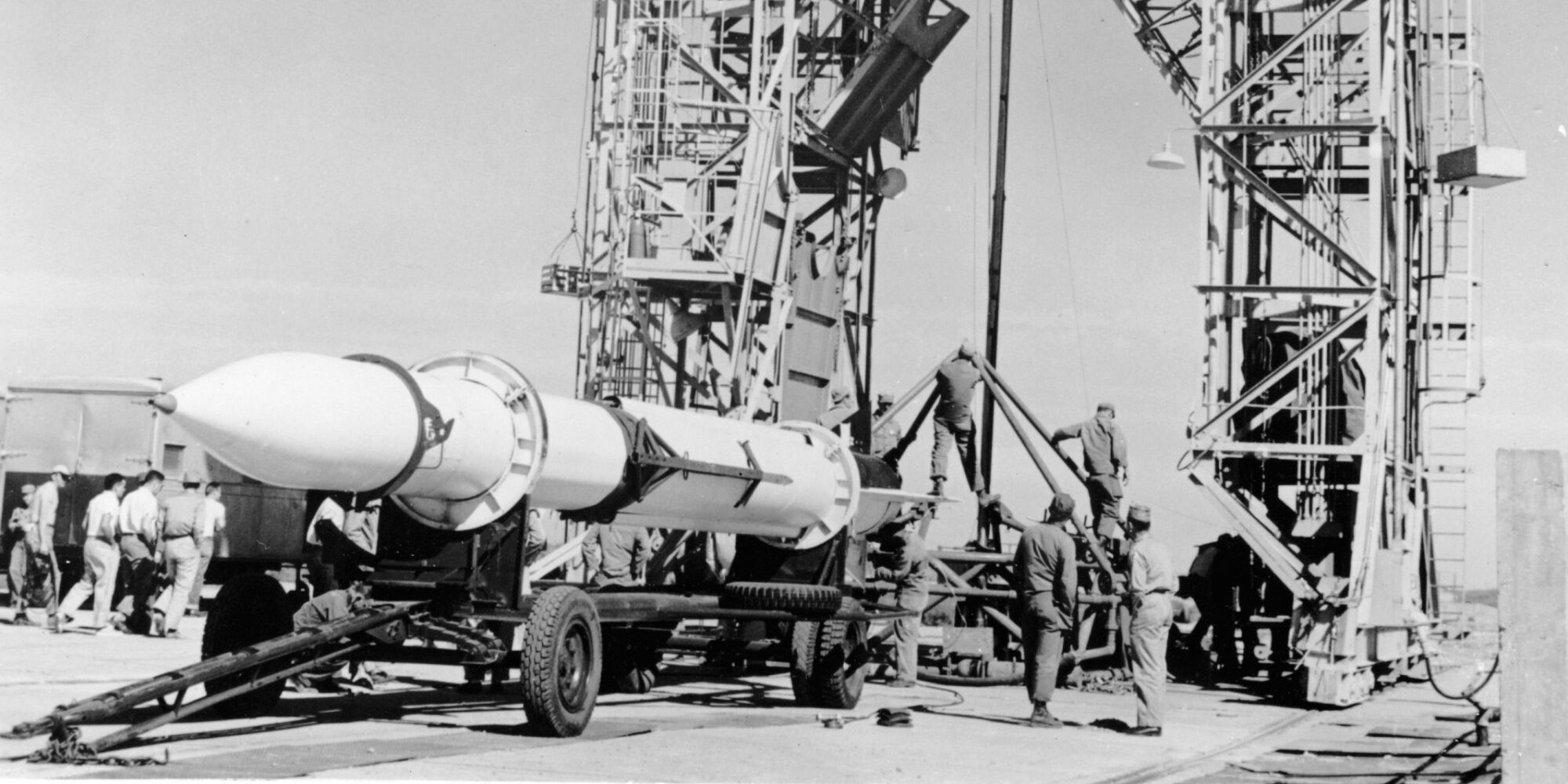
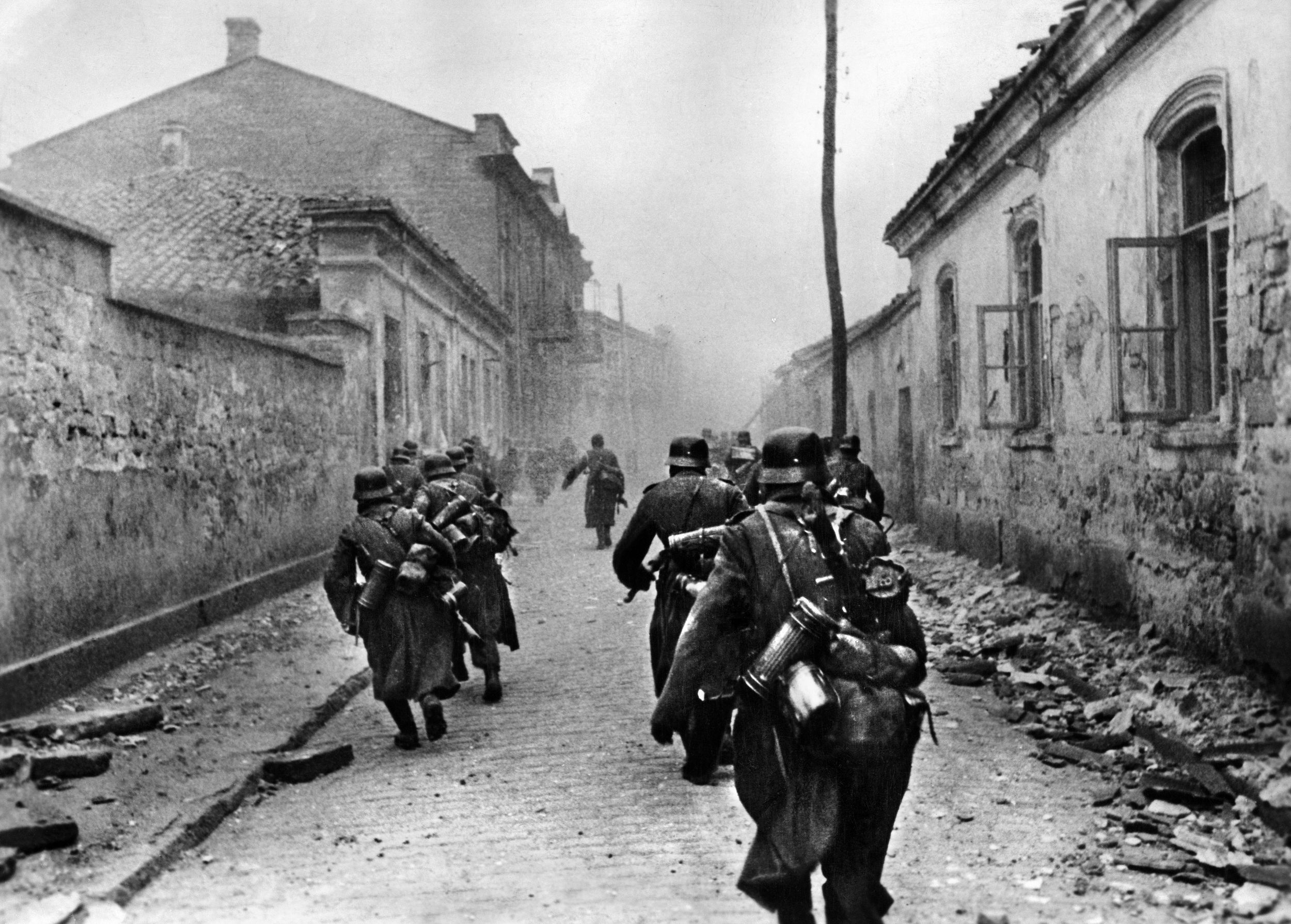
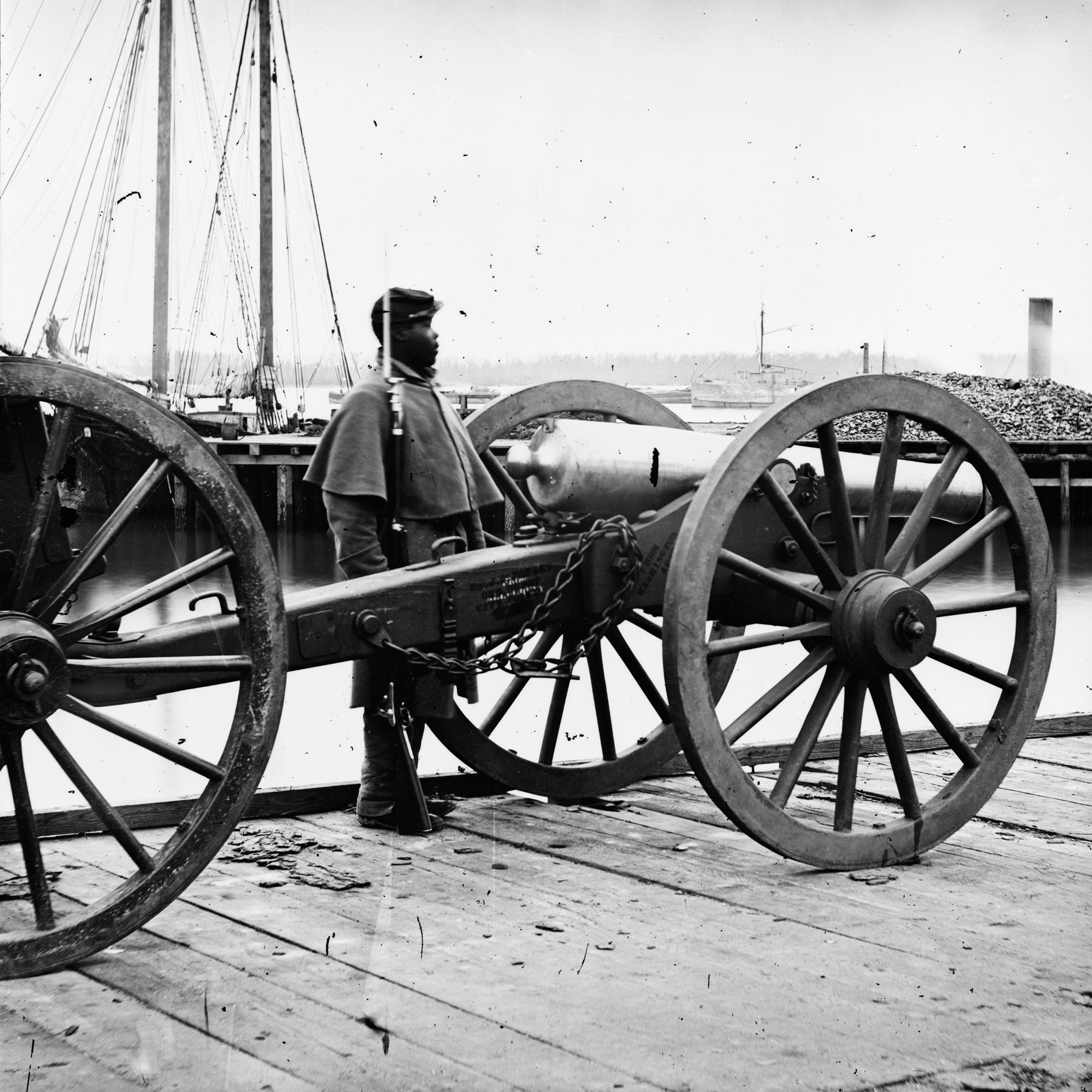
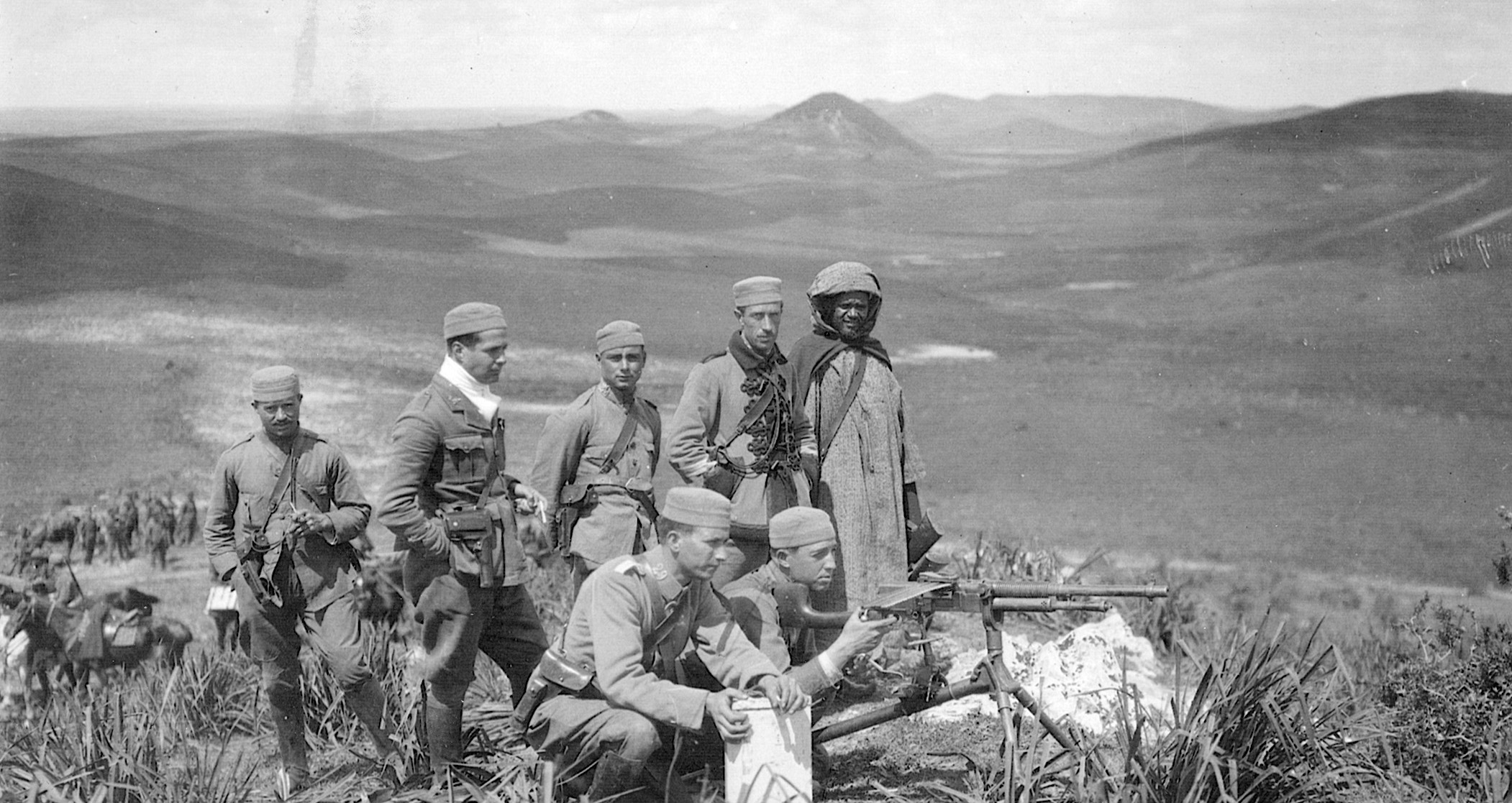
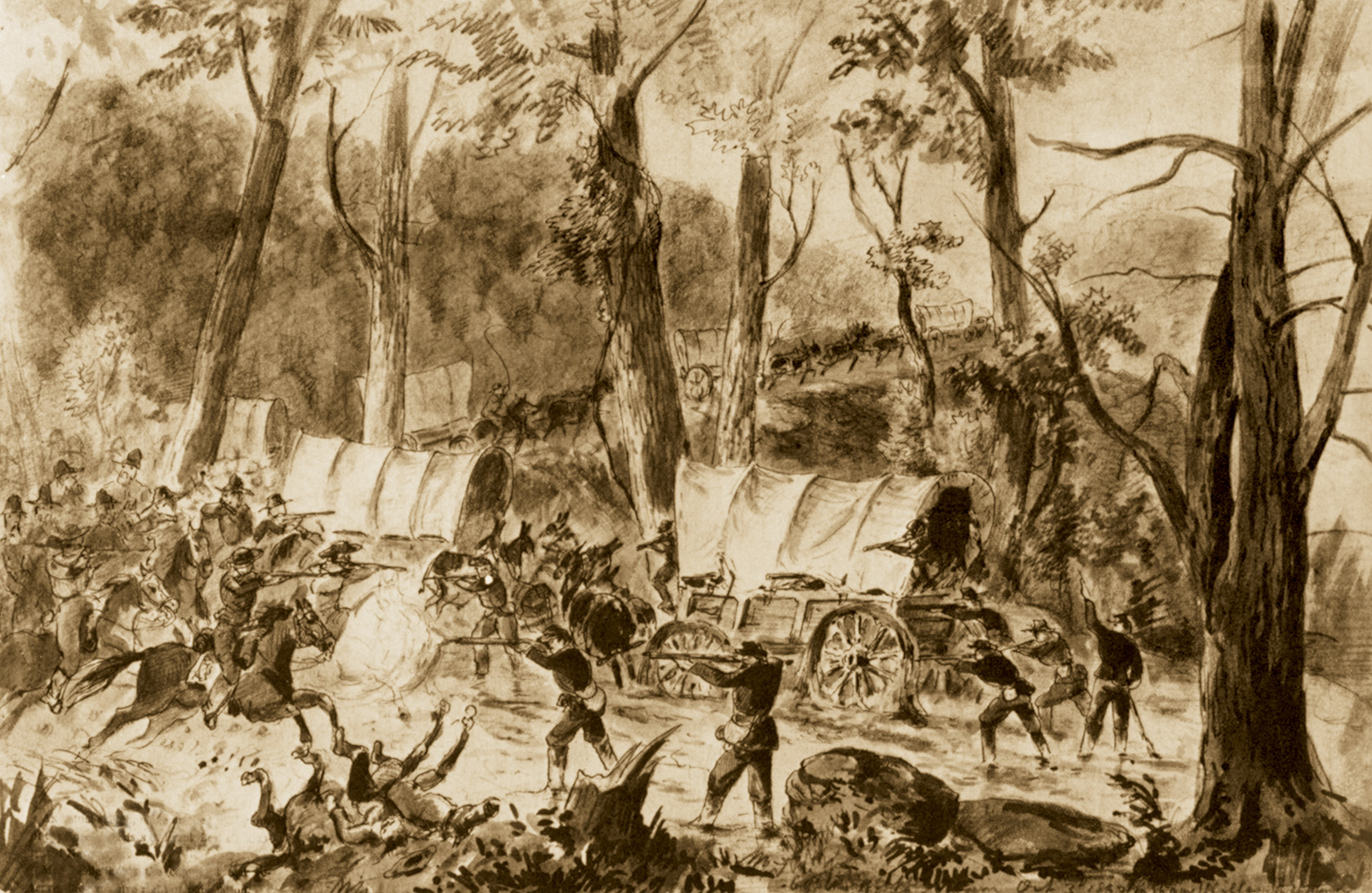
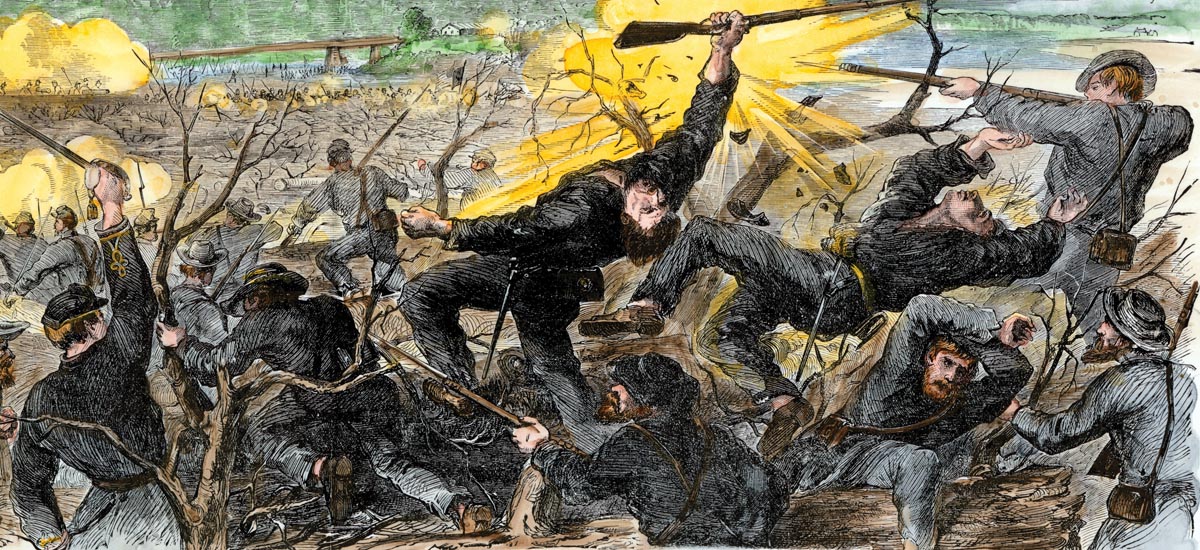
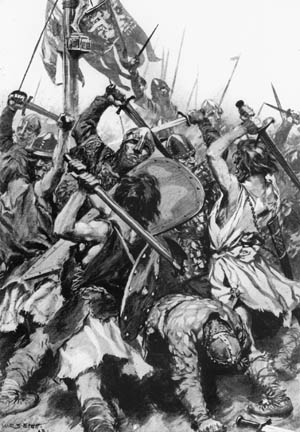
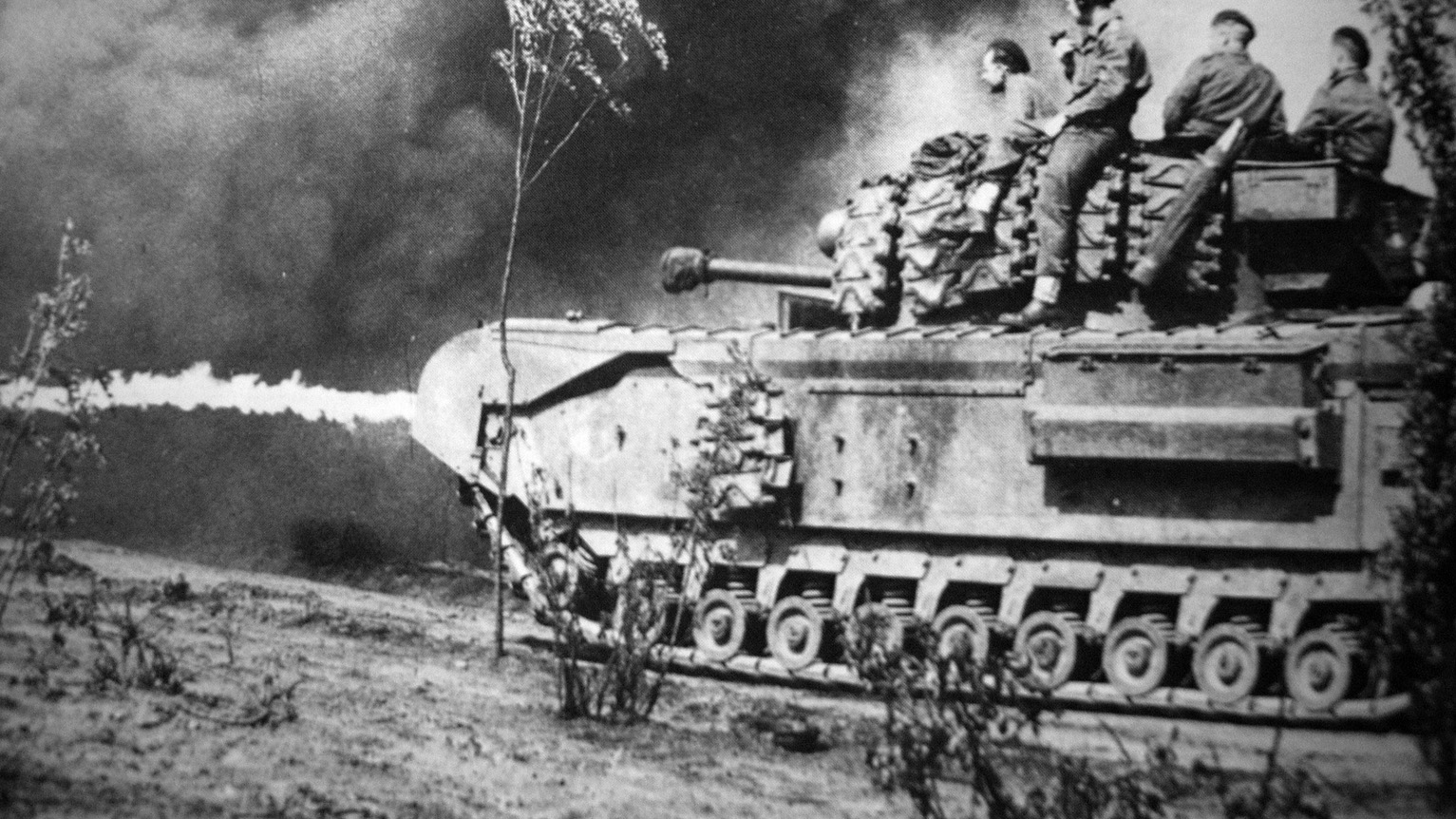
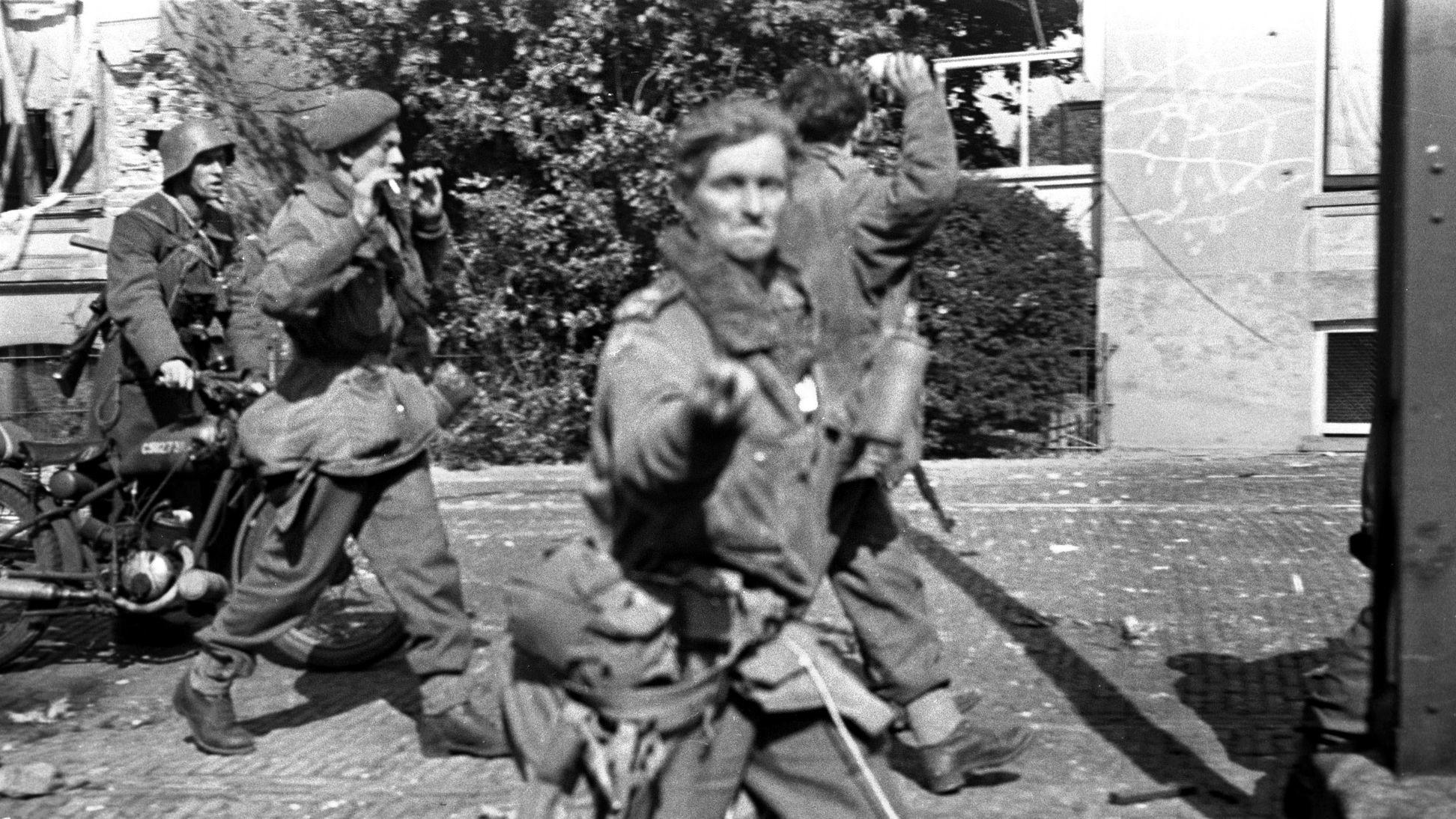
Join The Conversation
Comments
View All Comments